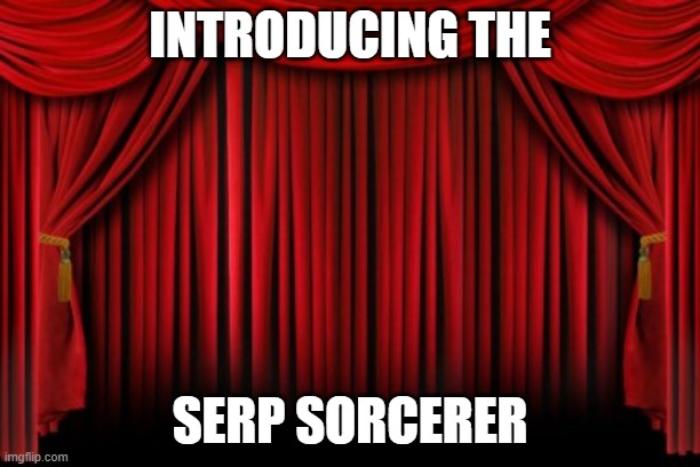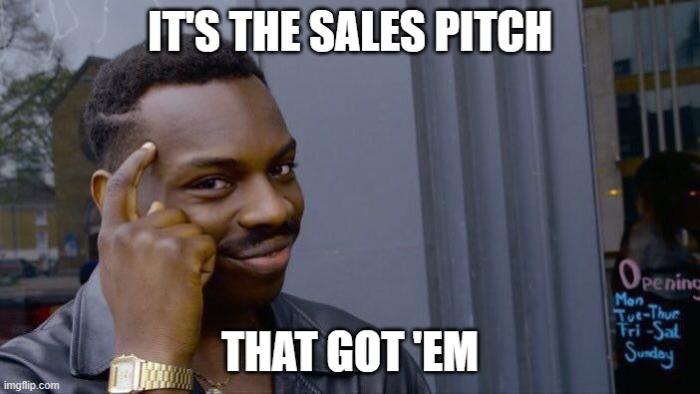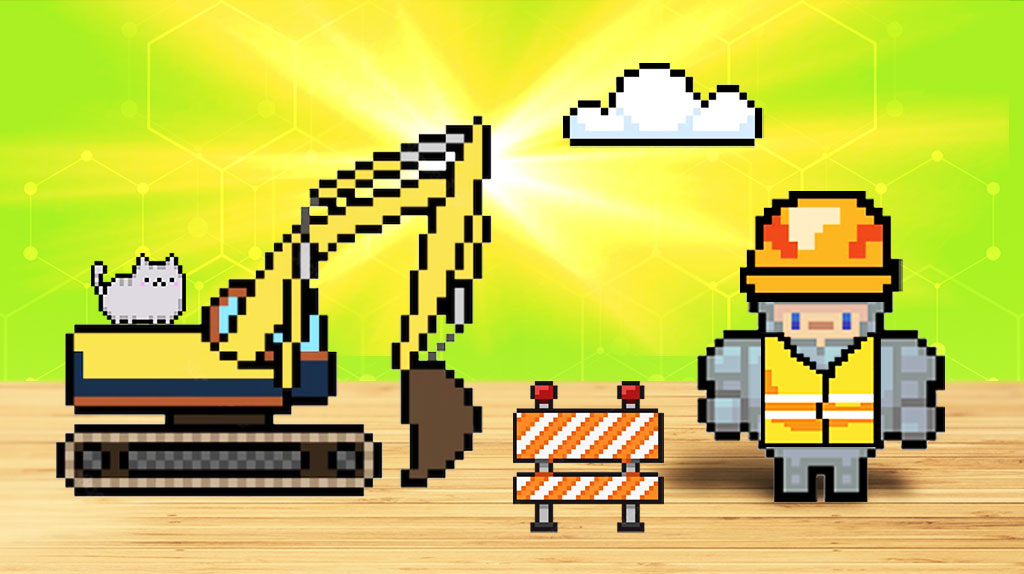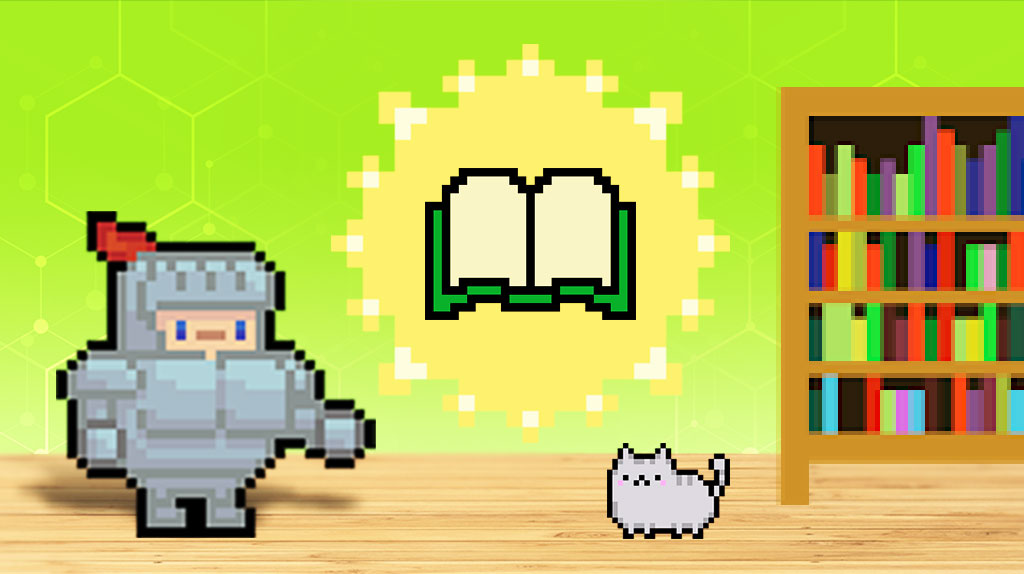Soap Opera Sequence
Join the 1,000+ brands that trust us for their link building.
By now you probably already know that email marketing is one of the most powerful tools your business can use to connect with customers. But what do you do once you’ve racked up those mailing lists?
After a couple of repetitive messages, your customers will most likely lose interest in those stale weekly promos. Spruce up your hard-earned mailing lists with the tried and true Soap Opera Sequence!
What is the Soap Opera Sequence?
First introduced in his book Dotcom Secrets, the Soap Opera Sequence, or S.O.S., is often referred to as the Russell Brunson soap opera sequence template. It is essentially a mailing blueprint, like a cold email template, that implements the enduring appeal of the soap opera genre in a series of five suspense-filled emails that call prospective clients to action.
Similar to the Seinfeld email sequence, the soap opera email sequence focuses on telling an engaging story through a series of emails. Not only does each email relate to the last one, but each email builds upon each other with great dramatic flair in an episodic narrative of sales.
Utilizing classic soap opera motifs like cliffhangers and built-up suspense, the five-step email marketing guide is a great way to reel in new customers while renewing the interests of existing ones. The basic soap opera email sequence template starts with setting the stage and ends with a direct call to action.
Through its highly personal methods of gaining the trust of prospective customers, the soap opera sequence creates amazing opportunities for businesses that are interested in bringing in more sales through email marketing.
Email 1: Set the Stage
The first email is your chance to introduce yourself and connect with your readers. It is essentially like the exciting pilot episode of a soap opera show where you let your readers know what to expect in the next few emails. In other words, you want to set the stage for the emails to come.
In general, you want to leave a good first impression that leaves the reader hooked and wanting more information. Typically, this means introducing your business and letting them know that there is a big, juicy secret that you have to divulge.
Just like the first episode of any good TV show, it’s important to note that the first email lays the foundation for your gripping tale without getting into any specifics – just let the reader know what your secret is about and how you will be sure to reveal it to them in the next email.
Here’s a short example of email 1 from a blogger:
“I’ve been in the blogging world for almost over twenty years. But I only started seeing a major spike in visitors five years ago, and I’ve kept my numbers up since. Wanna know how? I figured out a secret and it is GAME-CHANGING. Look out for my next email where I share it with you.”

Email 2: High Drama
The next email is called “high drama” for a reason. Officially the beginning of the selling process, this email is where you flesh out the dramatic backstory for your product or service. Time for drama!
Take some notes from your favorite soap operas to captivate your reader with the fascinating obstacles that you had to go through to uncover your “secret”. What motivated the grueling process of discovery? Was it the sudden downturn of the economy? How did you feel?
This is where you cue the soap opera plot devices and leave your readers on the edge of their seats. At the end of the email, refer to your site and services in lieu of the secret that is still to be revealed (but now more anticipated than ever!). End email 2 with something like:
“Before I end this email, I need to share the secret that I know you’ve been waiting for. Check out my website and take a look at how I’ve amassed one of the biggest followings in the community. “
In this way, make your readers follow you to the edge of the cliff and leave them hanging!

Email 3: The Epiphany
The next email is when you finally reveal your epiphany and the big secret that you’ve been teasing. At this point, your reader is definitely interested in your story. This is the pivotal part where you can shift their interest in your story to your business.
You want to continue to build trust with your reader so you can eventually nudge them to action. So how did you overcome the main challenge that they’ve followed thus far? The big reveal should be a climactic way of pointing to your product or services as the dazzling solution to the problems you’ve set up.
It’s important to emphasize your strong emotional connection to the product to enhance its features. The reader should feel as if you have just given them an invaluable piece of information. Most soap opera email examples for email 3 will finish this sentence: “My epiphany was that I needed…”
Make sure you end your email with the promise of further, additional details about your secret in the next email. Keep teasing them for more!
Email 4: The Hidden Benefits
How can your secret help their problems? The fourth email gets into the hidden benefits of your secret that are specific to your readers. This is where you would include a comprehensive list of benefits that your readers would receive if they invested in your services.
In other words, now that you have established trust with your reader by revealing the secret in terms of your personal connection to it, you have to help them picture how it will also meet their needs.
Different customer personas have different hidden benefits that are relevant to them. Make sure that you are providing them with personalized details of your business in a way that paints your product as a must-have item for their problems.
Of course, at this point in the soap opera, your audience is definitely invested and wants to learn more. Share direct links to purchase or contact you.
Email 5: Call to Action
The fifth and final part of this sequence is the call to action, aka, the opportunity for a direct sales pitch. While every email so far will have invited and encouraged them to take advantage of your services, this last one is the most urgent.
This is the time to bank on the personal connection and trust that has been established by pushing your readers down the rest of the sales funnel. Turn up the heat one last time and provide clear incentives for subscribers to respond as soon as possible – ask for the sale!
Limited time offers, exclusive deals, and scheduled webinars are just some of the examples of highly imminent ways to convince your readers to act immediately. While it won’t be the last time they hear from you, a strong sense of urgency is often all it takes for some successful conversions.

When to Use the Soap Opera Sequence
There is a wide range of instances where this operatic method of emailing can come in handy. In particular, the soap opera sequence is ideal for launching new products or services. It is a great way to expand and reach out to leads in lucrative niches at the top of the sales funnel.
In addition, it is a great way to entice new customer relationships and organically boost sales based on customer personas. You can also use the soap opera sequence for major company updates or when you want to share valuable client testimonials that may strengthen connections to your products.
Other times, you may just want to reinvigorate your mailing list and upgrade your company’s pathos marketing front.
Soap Opera Sequence Wrap-Up
The soap opera sequence is an amazing way to build up trust and spread brand awareness for your company through email marketing. By attracting customers with a deeply personal and controllable narrative, the soap opera sequence uses strong emotional connections to paint your business in a uniquely appealing manner.
Now more than ever, it’s important to have a personal following for your brand. By taking a few pointers from your favorite soap operas, the S.O.S. method can successfully sell your company’s special backstory to target sales.
Contributing Author: Vanessa Lee Son
 Article by:
Article by:
Chris Tzitzis
Hey I'm Chris, one of the founders here at SirLinksalot. I'm into building internet money machines (affiliate websites) and specialize in building backlinks. Find out more about me and my link building team.
 Questions or Comments?
Questions or Comments?
We are active in our Facebook Group seven days a week and would love to hear from you. Ask us questions, learn from other group members, and share your knowledge.
Related Posts
Ready To Start Building Your Rankings?
Your link building journey to the top of Google starts today!
Apply for Managed Link Building to get a free analysis and game plan, or order backlinks a la carte.
Link building services that work.


